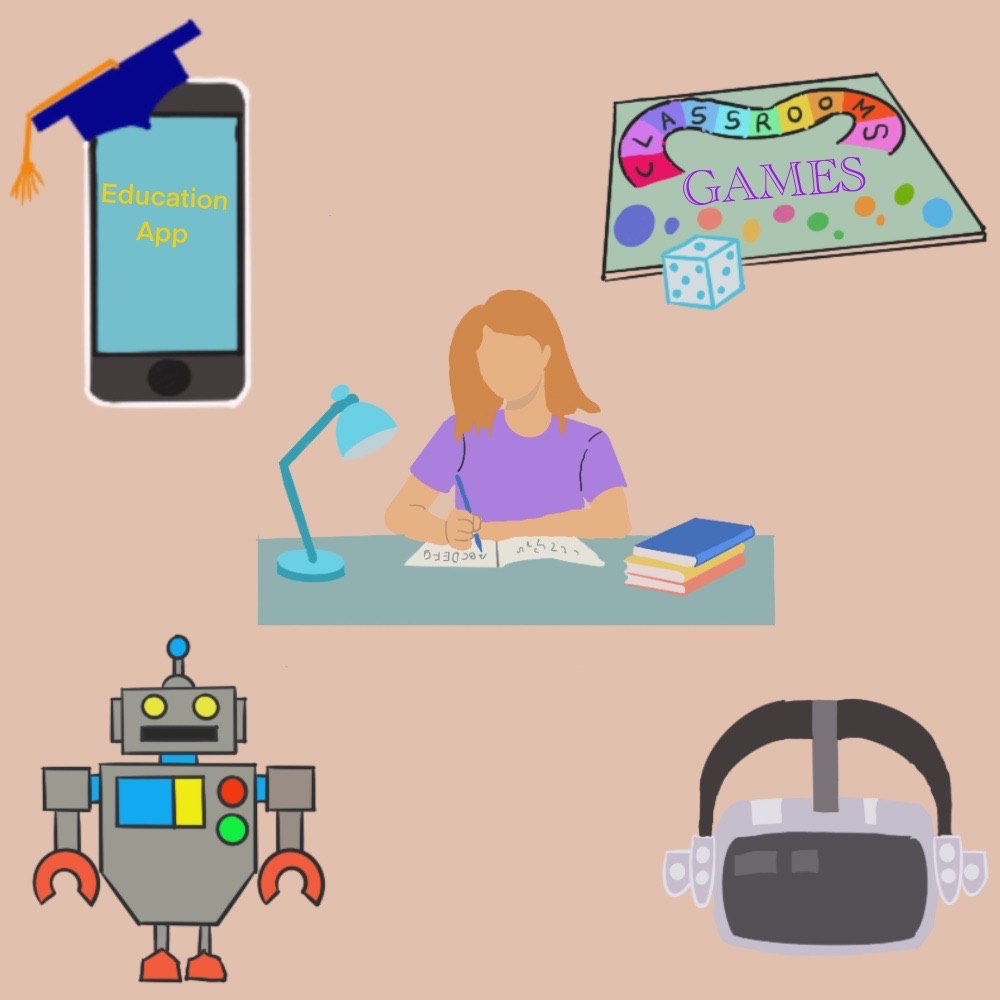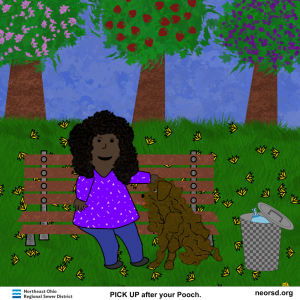
As part of the digital generation, teenagers use technology in almost every aspect of their lives. A study on young individuals aged 3 to 18 revealed that screen time increased by 52% in the past few years as more kids and teenagers use technology for academic and entertainment purposes. While many are concerned by this trend, experts noted that educational screen time benefits this generation. It can improve their persistence and educational outcomes without harming their health.
Indeed, there are plenty of innovations that are made to support the learning experience of teenage students. Here are some of the technologies that can improve the learning outcomes of teenagers:
Educational Games
Many people think that games can get in the way of the learning process of teenagers. However, college students can now learn complex subject matters while having fun with the help of educational games.
Generation Z learners are surrounded by plenty of technologies used in their everyday lives, which is why teachers adapt by regularly using innovations in the classroom. Teachers are trying to engage and increase the knowledge of high school and college students by using educational games, such as Kahoot! for personalized games and Minecraft Education for STEM lessons. These games can increase collaboration and make learning more exciting, boosting teenage students’ academic performance.
Applications for Studying
Plenty of educational games are available as applications to make it easier for teens to study specific topics through their gadgets. Thanks to the accessibility of these apps, college students can easily get support in refreshing their knowledge or reviewing advanced subjects.
One of the best apps for college students is Quizlet because it offers flashcard quizzes in various subjects like math, philosophy, and political studies. Likewise, college students also use Wolfram Alpha’s knowledge database to compute complex calculus formulas or find answers to questions about society and culture. Teens will not have to go to the library or make their review materials. Now that they can open these apps in seconds to test their knowledge in difficult subjects.
Virtual Reality Experiences
Technology can also enhance teenagers’ learning experience by breaking down education barriers. In fact, many educational institutions are leveraging virtual reality (VR) experiences to overcome any barriers that prevent students from learning complex subject matters.
To illustrate, the virtual technologies used in education allow college students to experiment and learn about anatomy or chemical reactions without causing any harm to others or putting themselves in danger. Virtual technologies (VR) can also help students with disabilities or those in remote areas explore virtual versions of museums and other historical landmarks. Using these VR technologies allows students to enjoy immersive learning experiences without spending lots of money or putting themselves at risk.

Robots for Inclusive Learning
Besides using VR technologies, many schools are investing in robots to improve the learning outcomes of teenagers with disabilities. These robots are programmed to do specific tasks, which enables them to personalize the learning experiences of students with abilities.
A study showed that young students with learning disabilities were more engaged and more likely to complete their tasks quickly with the help of robots. These robots were programmed to provide games, riddles, jokes, breathing exercises, and physical movements to redirect students back to their tasks so that they could focus on their schoolwork. As a result, these young students with disabilities could finish their tasks at a higher rate, compared to other students who weren’t assisted by robots.
Educational technologies prove to be beneficial for teenage students. Students can overcome barriers and improve their academic performance in more advanced subjects through these innovations.























